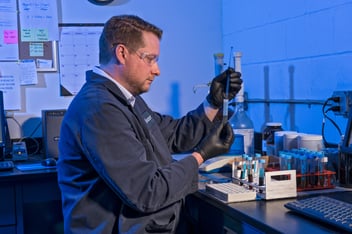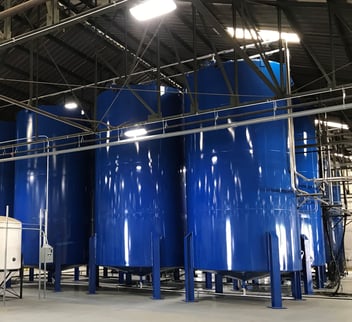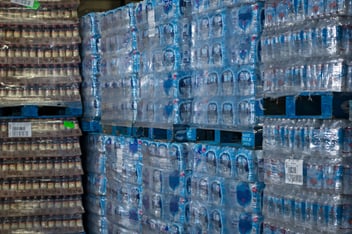The US$40B+ U.S. market for corrugated board packaging is expected to grow at a CAGR of 3.1% from 2022 to 2027. The growth of the market is being driven by the increasing demand for corrugated board packaging from various industries, such as food and beverage, electronics, and retail. Corrugated board packaging is a versatile and cost-effective material that can be used to package a wide variety of products. It is also a sustainable material that can be recycled.
This segment is not without its challenges, especially with color box manufacturing. The wastewater component in this niche segment can present specific challenges and considerations. The printing and coating processes involved in color box manufacturing often utilize water-based inks, varnishes, and adhesives. As a result, wastewater containing various contaminants can be generated during the manufacturing process. Here are some key aspects related to the wastewater component:
- Contaminant Removal
The wastewater from color box manufacturing may contain ink pigments, dyes, coatings, adhesives, solvents, and other chemicals. Proper treatment processes must be in place to remove or reduce these contaminants before discharging the wastewater or returning it to the water supply system. Depending on the local regulations and environmental standards, specific treatment technologies like sedimentation, filtration, flocculation, coagulation, and activated carbon adsorption may be required. - Compliance with Environmental Regulations
Color box manufacturers must comply with local and state regulations concerning wastewater discharge. These regulations set stringent limits on the concentration of various pollutants, such as heavy metals, organic compounds, and suspended solids. Regular monitoring, sampling, and analysis of wastewater are necessary to ensure compliance and avoid penalties or legal issues. - Water Conservation
As water scarcity becomes a global concern, conserving water resources is crucial. Color box manufacturers should implement water management practices to minimize water usage, such as recycling and reusing water within the manufacturing process, implementing closed-loop systems, and optimizing equipment and processes to reduce water consumption. - Proper Disposal of Hazardous Waste
Apart from wastewater, color box manufacturing may generate other hazardous waste streams, such as spent inks, solvents, metals, and cleaning agents. These hazardous materials should be handled, stored, and disposed of properly according to relevant regulations to prevent environmental contamination and protect worker safety. Implementing proper waste management practices, including recycling, treatment, or working with licensed waste disposal contractors, is essential. - Environmental Impact Assessment
Color box manufacturers should conduct environmental impact assessments to identify the potential environmental impacts associated with their wastewater discharges. This assessment helps in understanding the ecological risks, evaluating the effectiveness of treatment processes, and implementing appropriate mitigation measures to minimize the environmental footprint. - Sustainability and Best Practices
Embracing sustainable practices is vital for color box manufacturers. They can explore alternative inks and coatings that are environmentally friendly and have lower water pollution potential. Additionally, implementing clean production techniques, such as reducing the use of hazardous chemicals, optimizing printing processes, and adopting eco-friendly materials, can help minimize the wastewater generation and associated environmental impact.
Commitment to Sustainability
By addressing the wastewater component effectively, color box manufacturers can demonstrate their commitment to environmental stewardship, meet regulatory requirements, reduce the risk of pollution, and contribute to a more sustainable manufacturing industry. And depending on the waste stream, Valicor can either treat it at one of our centralized wastewater treatment facility or design, operate, and manage a treatment program onsite at the manufacturer’s site.
Exploratory Conversation
Lets solve this wastewater challenge together. To get in touch with us, please fill out the form below.



